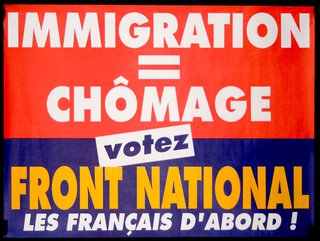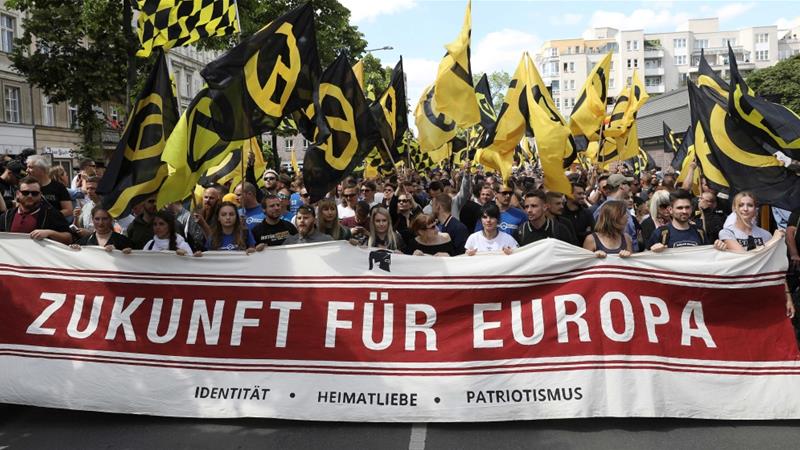9.11 Migrations within and to Europe Since 1945
2 min read•june 18, 2024
Sharii Liang
Isabela Padilha
AP European History 🇪🇺
335 resourcesSee Units
Migration to Western and Central Europe
As the economy recovered in the 1950s and 1960s and grew, migrants from Africa, Asia, and Southern Europe all headed to Western and Central Europe. They brought with them different religions and cultures that completely changed European society. At the same time, these stirred debates about the role of religion in society and politics. European society then became more and more secular as time passed.
The causes in the rise of immigration in the 1950s and 60s include:
- Labor shortages -👷 Due to the economic boom in Europe in the 1950s, there was a high demand for labor. This increase in demand attracted many immigrants from different parts of the world to fulfill this need.
- Decolonization - As more colonial empires ended, people began to migrate to the former metropolis.
- Refugees - Looking to escape an authoritarian communist rule, some people from Eastern nations moved into western europe.
- Family reunification - Many immigrants that moved to Europe in the 1950s were able to do so and reunite with family members that had already moved to the continent. They perceived the 50s as a favorable time to move, due to job opportunities (as mentioned above) and an improvement in economic expectations.
- Post-war recovery - Many nations did not recover so quickly from WWII. Immigrants believed that moving to more developed nations could help them rebuild their lives after experiencing the tragic consequences of war.
Change in Ideology
In the 1970s, the economy took a downturn. Xenophobia immediately surged and the blame fell onto the new wave of immigrants. Anti-immigrant and extreme nationalist parties, such as the French National Front and Austrian Freedom Party, sought to limit immigration - a trend that still persists globally even today.
- French National Front - The FN was founded in october of 1972 and embraced several conservatist ideas supported by German leaders in the interwar period and European fascist ideolofy. It advocates for stricted immigration policies, such as the reduction of asylum seekers.

- Austrian Freedom Party - Founded in 1956, the party embraces the ideas of Euroscepticism, anti-immigration, and law and order. The focus of the party in the 1960s was anti-communism and anti-Semitism. The party has been accused several times of promoting discrimination and xenophobia.

Both of the parties mentioned above still shape the political scene of their respective countries, despite being accused of endorsing extremist views. In addition, it is important to keep in mind that the economic landscape changed in the Western world in the 1970s, as governments started to adopt a more market-oriented economy, which reinforced inequality and provided people less governmental support.
Browse Study Guides By Unit
🎨Unit 1 – Renaissance & Exploration
⛪️Unit 2 – Reformation
👑Unit 3 – Absolutism & Constitutionalism
🤔Unit 4 – Scientific, Philosophical, & Political Developments
🥖Unit 5 – Conflict, Crisis, & Reaction in the Late 18th Century
🚂Unit 6 – Industrialization & Its Effects
✊Unit 7 – 19th Century Perspectives & Political Developments
💣Unit 8 – 20th Century Global Conflicts
🥶Unit 9 – Cold War & Contemporary Europe
📚Study Tools
🤔Exam Skills
👉Subject Guides

Fiveable
Resources
© 2025 Fiveable Inc. All rights reserved.